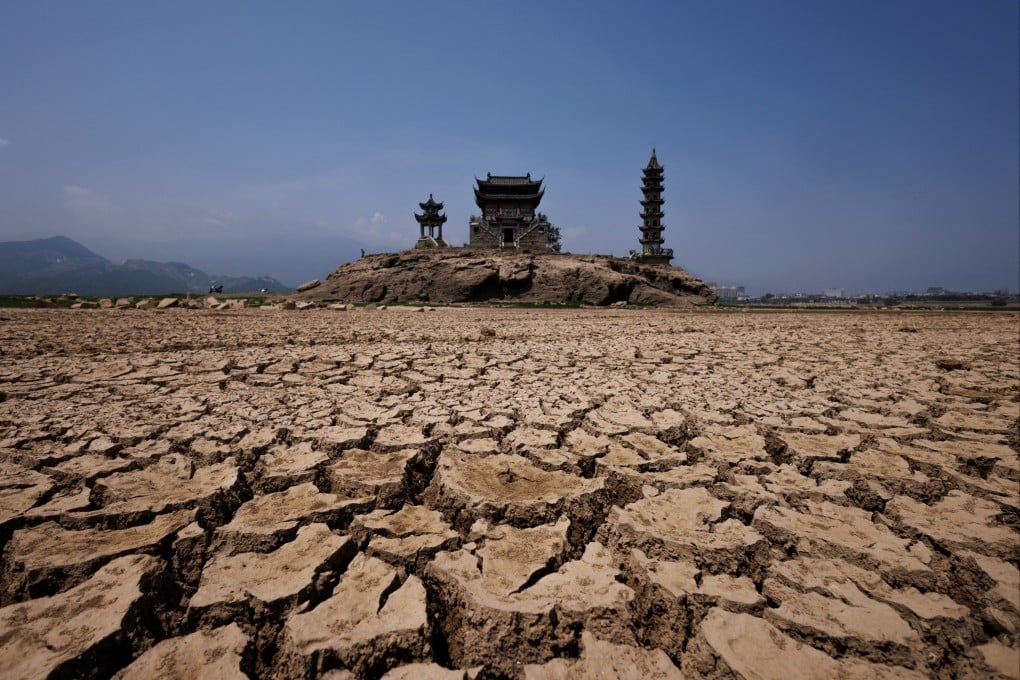Advertisement
Why power storage and smart-grid investments are key to China’s energy transition and climate change adaptation
- Extreme climate events, transition to low-carbon energy may spur demand for storage facilities and digital power-grid management systems
- Technological advances and industry competition will bring down the high costs of storage and smart-grid solutions, says analyst
Reading Time:3 minutes
Why you can trust SCMP
2

The increasing frequency of extreme climate events and an accelerating transition to low-carbon energy will spur demand for energy storage facilities and digital power grid management systems in China, according to analysts.
More investment is needed to bring down their costs for mass deployment.
“Energy storage and smart grid facilities will be the main tools for ensuring supply reliability in the future,” said Dennis Ip, regional head of utilities research at Daiwa Capital Markets.
Advertisement
“Storage stabilises supply as China produces more wind and solar power that is intermittent, while smart grid facilities help forecast [and manage] peak and trough power demand, and optimise electricity dispatch.”
State Grid Corporation of China aims to boost its spending on distribution infrastructure by 7 per cent this year to 315 billion yuan (US$46 billion), while its budget for smart-grid hardware and software is expected to grow to 91 billion yuan in 2025 from 37 billion yuan last year, Ip noted.
Unusually persistent hot and dry weather – the worst in six decades – in most regions of China saw this summer’s national peak power demand surge 6.4 per cent from last year to a new record, the National Energy Administration said on Monday.
Advertisement
Select Voice
Choose your listening speed
Get through articles 2x faster
1.25x
250 WPM
Slow
Average
Fast
1.25x
